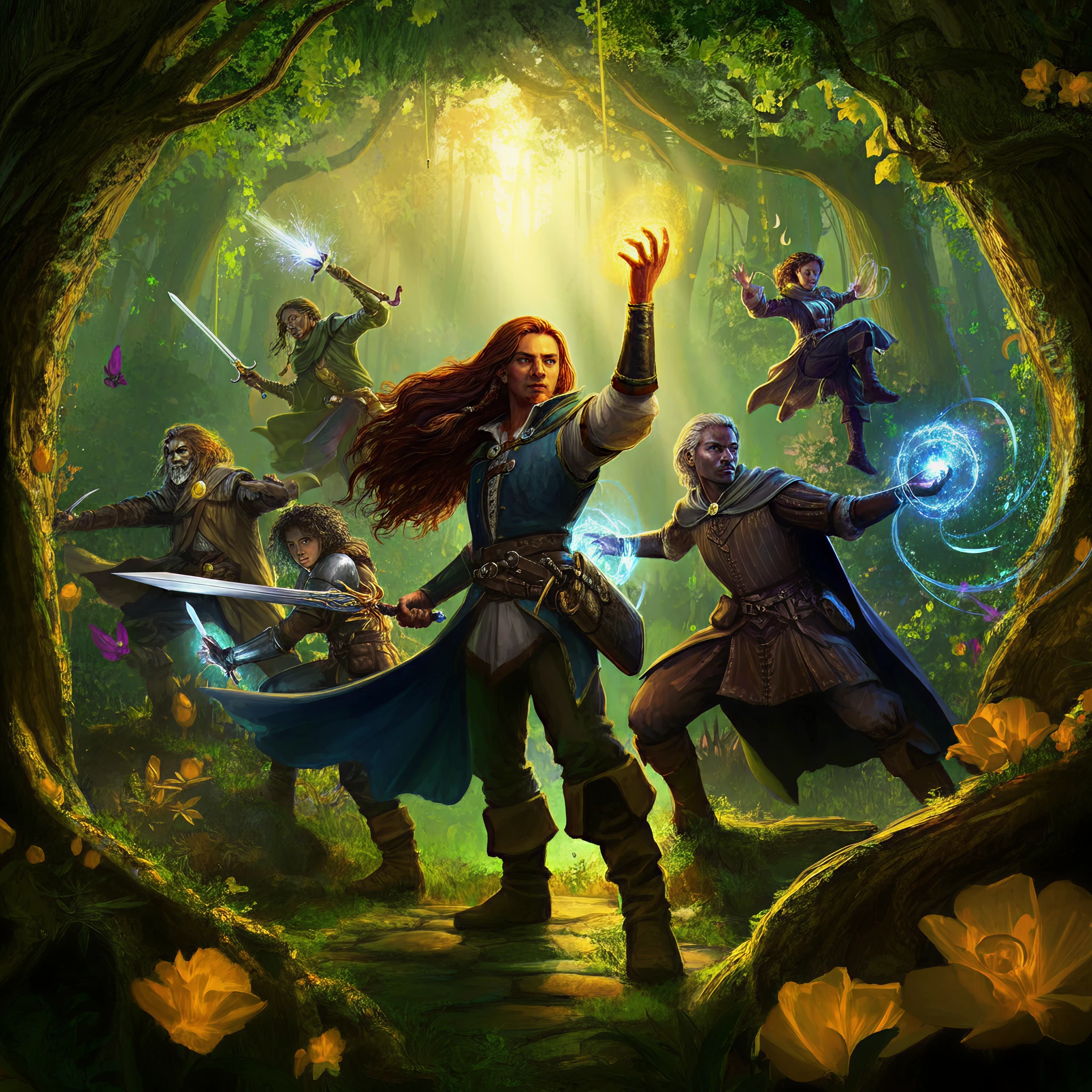Baldur’s Gate 3 (BG3) has pushed the boundaries of what RPG fans can expect from a game, and Patch 8 introduced an exciting roster of subclasses for players to experiment with. From enhancing combat prowess to unlocking unique playstyles, each subclass offers something special—but how do they stack up against one another? We’ve ranked all the subclasses in Patch 8 based on their power, versatility, synergies, unique features, and accessibility to help you make the best choice for your party and playstyle.
7. Champion (Fighter)
Simple yet effective, but lacks depth compared to other subclasses.
The Champion is perfect for players who prefer no-nonsense combat effectiveness. With improved critical hit chances and extended proficiency in Athletics, this subclass delivers consistent damage and reliability for beginners. However, its lack of complexity and limited versatility make it less appealing to veteran players who crave more tactical depth. While it thrives in close combat situations, its gameplay can become repetitive.
Pros:
- Easier to play for beginners.
- Reliable boost to damage output with critical hits.
Cons:
- Minimal tactical options.
- Limited synergy potential with more advanced party compositions.
6. Circle of the Land (Druid)
Master of nature magic with specific spell advantages tied to terrain.
Circle of the Land Druids gain access to unique spells based on their chosen terrain, allowing them to enhance utility and control. However, their effectiveness largely depends on environmental awareness. Players who enjoy tactical spellcasting will appreciate its flexibility, but new players may find its abilities situational and challenging to master.
Pros:
- Diverse spell options.
- Great for crowd control and utility.
Cons:
- Heavily situational abilities.
- Requires knowledge of D&D spells to maximize.
5. Way of the Four Elements (Monk)
Harness the power of elemental magic to enhance melee combat.
The Way of the Four Elements allows Monks to channel ki points into devastating elemental attacks while maintaining their agility in battle. This subclass provides visually stunning abilities and exciting combos, though its resource management demands careful planning. It’s a unique option for those who enjoy mixing martial arts with spell-like abilities, but the subclass’s reliance on ki can hinder its consistent impact.
Pros:
- Flashy, dynamic moves.
- Strong elemental-themed attacks.
Cons:
- Ki points limit its sustainability in long battles.
- Damage output lags behind other focused melee subclasses.
4. Hunter (Ranger)
A versatile subclass offering ranged and melee supremacy.
Rangers choosing the Hunter path gain powerful abilities that allow them to adapt to multiple combat situations. With options like Colossus Slayer for extra damage or Horde Breaker for crowd control, the Hunter proves its worth in DPS and battlefield adaptability. Its synergy with party members who can control the flow of battle makes it a solid pick for versatile players.
Pros:
- Useful in both ranged and melee combat scenarios.
- Offers great synergy with crowd controllers.
Cons:
- Relies heavily on optimal positioning.
- Lacks the wow factor of certain other subclasses.
3. Lore (Bard)
Charismatic and packed with utility.
Bards in the College of Lore focus on spell versatility and skill usage, making them invaluable in many scenarios. With Cutting Words, they can reduce enemy rolls, providing great battlefield control while maintaining their signature charm. If you want to be the star of the show—with both brains and flair—the Lore Bard is your pick.
Pros:
- Incredible utility outside combat.
- Cutting Words is a fantastic support ability.
Cons:
- Less effective at dealing direct damage.
- Requires a deep understanding of party balance to shine.
2. Cleric (Life Domain)
The ultimate healer with surprising damage potential.
Life Domain Clerics excel at keeping the party alive, thanks to their unmatched healing abilities. Simultaneously, they can wield potent Radiant damage spells like Guiding Bolt to contribute to the offensive. Their ability to both heal and deal damage makes them indispensable, especially in harder fights where party survival is crucial.
Pros:
- Best healing support in the game.
- Can balance healing and damage effectively.
Cons:
- Healing-focused playstyle may not appeal to everyone.
- Lacks offensive versatility compared to other spellcasters.
1. School of Evocation (Wizard)
High-damage, crowd-controlling spellcasting powerhouse.
Topping the ranks is the Evocation Wizard, the most fearsome spellcaster in Patch 8. With spells like Fireball or Lightning Bolt, Evocation Wizards deliver unmatched AoE damage while granting party-friendly effects such as Sculpt Spells to avoid friendly fire. This subclass is perfect for players who enjoy obliterating enemies from afar with devastating precision. While it may require thoughtful play to handle its frailty, the sheer damage output and versatility make it the standout choice of Patch 8.
Pros:
- Best AoE damage dealer.
- Sculpt Spells ensures party members are unharmed.
Cons:
- Squishy and vulnerable without proper positioning.
- Requires strategic pre-planning to maximize impact.
Final Thoughts
Baldur’s Gate 3 provides a multitude of playstyles within its subclasses, and Patch 8 expands the variety for players even further. Whether you want to be the party’s stalwart protector, nimble striker, or arcane glass cannon, there’s something to suit every preference.
Now that you’ve seen the rankings, it’s time to jump back into Faerûn and try them for yourself! Not sure which subclass fits your playstyle? Experimenting is half the fun in Baldur’s Gate 3.








